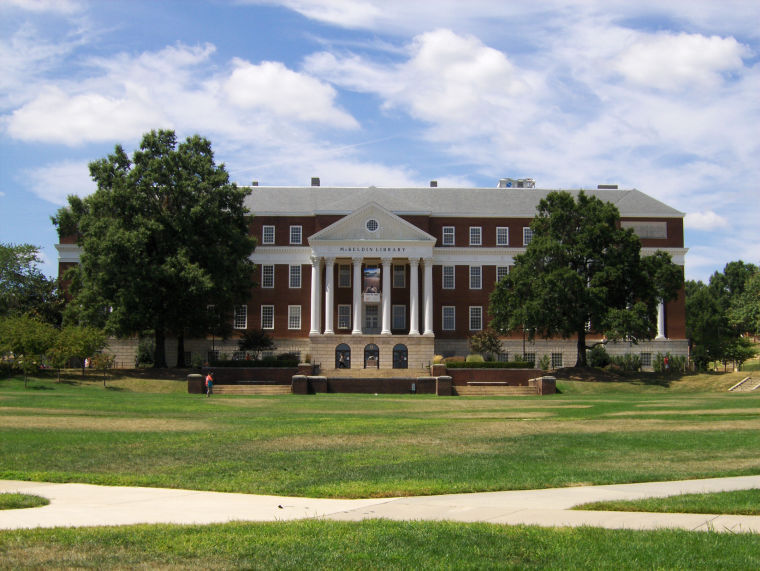Views expressed in opinion columns are the author’s own.
The financial crisis brought on by COVID-19 hasn’t spared the University of Maryland. The pandemic has led to the closure of this university’s campus, and with it, hiring freezes and partial refunds for students. To top it all off, this university will lose about $80 million due to the virus. The unpredictable nature of the disease and its devastating economic repercussions have put this university, like many other public colleges, in a vulnerable financial position.
When COVID-19 treatments and vaccines finally get the virus under control, getting people back to work and maintaining this country’s health will understandably be at the forefront of economic and social recovery efforts. Yet higher public education — which under normal circumstances is ignored at best and chronically underfunded at worst — is at risk of being forgotten in a post-coronavirus world.
Now more than ever, it’s crucial to not only protect public colleges as an equalizing agent in society, but to fight for increased accessibility through the implementation of tuition-free public universities.
Public universities stand to be some of the most badly hurt institutions in this crisis, and their aid and recovery faces the danger of being put on the back burner. The refunding of student fees, the cancellation of cash cow sports tournaments and the uncertain timing of a return to in-person instruction are already weighing on public colleges’ precarious financial situations. It’s not a secret that all college costs, both public and private, have increased in recent years. But it is the public universities — which rely more heavily on revenue from tuition dollars and state funding — that stand to lose the most money in this crisis.
Governors are already diverting as much money as they can to treating COVID-19. The efforts to fix current health and economic problems are immensely important, but they won’t do enough to address the lasting impacts that this crisis will have on public colleges and universities. While the federal government has provided over $30 billion in aid to both K-12 and higher education through the CARES Act, only $14 billion will go directly to public colleges and universities.
Just as the coronavirus crisis has renewed passionate calls for “Medicare for All,” it has the possibility to create the same well of support for an equally important issue: free or heavily reduced public college tuition. COVID-19 exposes where this country’s economic and social structures are at their weakest, and public colleges and universities are no exception. Even before the crisis, the cost of attending college commanded a great deal of concern from the public and within the government.
The financial strain that the coronavirus has placed on the higher public education system will last long after the crisis ends. Tuition costs could be increased even further, small schools could be forced to close due to low enrollment numbers and students could simply be turned off of the idea of an in-person education experience. These threats to accessible education must continue to fan the flames of a movement to create tuition-free public colleges and increase state and federal funding of public higher education.
After this pandemic is over, the country is going to look dramatically different than it did before the crisis. Yet the structural change created by this disaster doesn’t have to be all bad — it’s a window of opportunity to champion policies such as tuition-free public colleges.
Maya Rosenberg is a sophomore journalism and public policy major. She can be reached at maya.b.rosenberg@gmail.com.



